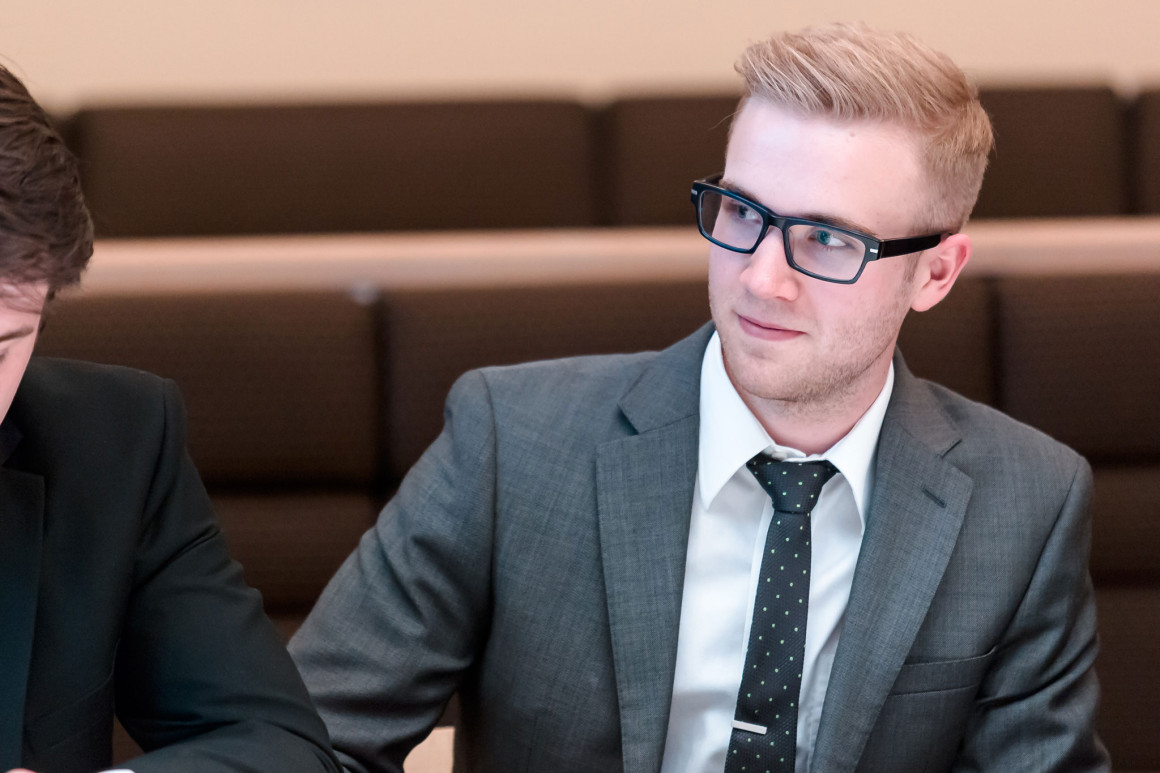
Students’ Union works to sell professors on open textbooks
By Fabian Mayer, June 4 2015 —
The University of Calgary Students’ Union has reached the final hurdle with open textbooks — getting professors to actually use them.
In 2014, $2 million was set aside by the government of Alberta to help develop open educational resources. Open textbooks are open-sourced, licensed under the creative commons and freely available for anyone to use. Professors around the province are now working on numerous open textbooks.
SU vice-president academic Stephan Guscott was at a conference on open educational resources this week in British Columbia, where open textbooks are widely used. Guscott hopes to gain insight on the best strategies to get open textbooks used in classrooms.
“The main thing that was discussed was basically how to set up an advocacy strategy for your campus,” Guscott said.
SU president Levi Nilson thinks getting faculty on board will be the hardest part of the process.
“Getting professors to adopt [open textbooks] is the next step and it’s the one that presents the most challenges,” Nilson said. “Each professor has their own style and way of doing things.”
Guscott said the SU will have a concrete plan on how to encourage professors to use open textbooks by the end of June. He believes free and open textbooks can be just as good as those sold by publishers.
“Professors that have used both and were surveyed on that said they were comparable or even better,” Guscott said.
Philosophy professor John Baker is the vice-president and treasurer of the U of C’s faculty association.
He said the SU met with the faculty association and gave a presentation on open textbooks last April.
“We understand the financial benefit and the convenience of the open textbook idea so long as it’s done well,” Baker said.
However, Baker stressed issues of intellectual property rights and academic freedom as vital to any discussion on open educational resources.
“The faculty are the experts about what to teach and how to teach it,” Baker said. “The instructor in the course is the one who decides what books, articles or journals to use. That really is fundamental.”
Math professor Claude Laflamme is the president of Lyryx Learning, a company that works to create open educational resources. He thinks the convenience of traditional textbooks is what makes them so attractive to professors.
“[If] you go with a publisher they come to your office, they come with all their stuff. As an instructor I don’t have much to do, everything is prepared and I just push it down to the students,” Laflamme said.
Laflamme believes professors won’t be eager to adopt open textbooks if they have to edit, rearrange and rewrite the textbooks to fit their course. Instead he proposes a model where companies tailor open textbooks to the specifications of instructors.
“One is not fair to the students — the publisher model. And the completely open model is just too much work,” Laflamme said.
The system proposed by Laflamme has been used for MATH 211 since 2013. The textbook is free in computer labs on campus or can be purchased for $40. Multiple math courses will be using open textbooks starting in the fall.
Neither Guscott nor Nilson would speculate on the number of open textbooks that will be used next year.
“We’ll see what the response is from professors,” Nilson said. “We’d love to see as many as possible.”
